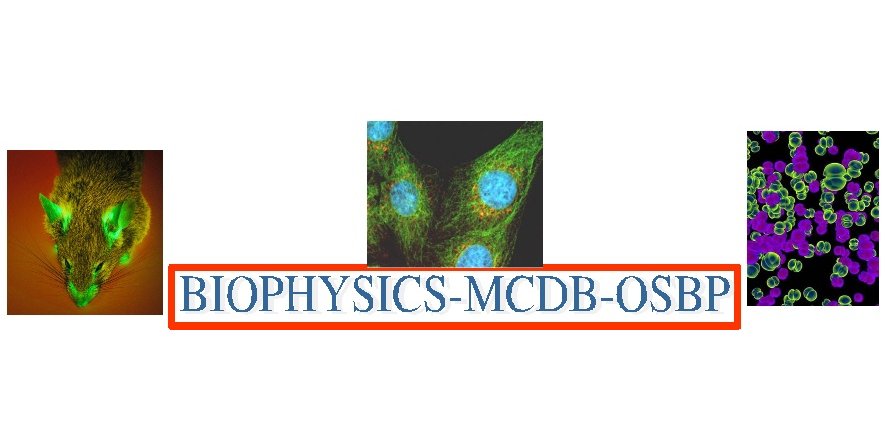Interdisciplinary Graduate Programs Symposium

2010 OSU Molecular Life Sciences
Interdisciplinary Graduate Programs Symposium

Poster abstracts
Abstract:
Ubiquitination is one of the most important post-translational protein modifications. Unfortunately, the biochemical and biophysical characterization of ubiquitinated proteins has been significantly hindered by the difficulty of their preparation. Previous semisynthetic methods have provided some solutions, but have not found general application due to their use of complex peptide synthesis and multiple coupling reactions.
Here, we report two facile methods to prepare site-specifically ubiquitinated proteins that circumvent these challenges. Both methods utilize the pyrrolysine tRNA/synthetase pair (PylST) to genetically encode a novel amino acid into the protein targeted for ubiquitination. The first approach involves the method of expressed protein ligation. Here, a cysteine-containing pyrrolysine analog D-Cys-ε-Lys is incorporated into a recombinant protein (calmodulin) at a UAG codon via PylST. The resulting modified calmodulin is then allowed to react via native chemical ligation with a ubiquitin-derived thioester generated from an intein fusion. The significance of this approach is that it provides a potentially general strategy to prepare many different ubiquitinated proteins, with the lone drawback being the ubiquitin Gly76Cys mutation located at the isopeptide linkage. This modification is minor, however, as evidenced by the similar reduction in ability of chemically ligated and enzymatically prepared ubiquitinated calmodulin to activate phosphorylase kinase.
The mutation problem is obviated in the second method based on traceless Staudinger ligation. Here, the PylST system is utilized to site-specifically incorporate a pyrrolysine surrogate, ε-azidoacetyl-Lys. A ubiquitin-derived phosphinothioester is then allowed to react with the protein-incorporated azide-containing pyrrolysine analog resulting in a ubiquinated protein that is identical to that produced enzymatically. The general applicability of this approach is demonstrated for two distinct protein systems.
Keywords: pyrrolysine, Ubiquitination, chemical ligation